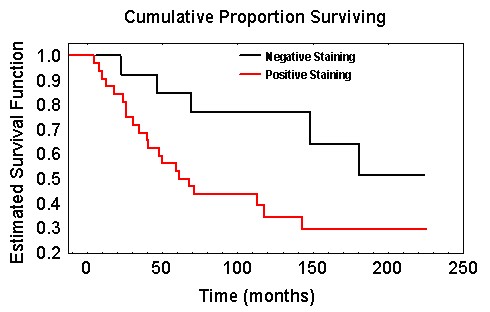Application
The application of statistical analysis in biology and medicine has grown tremendously over the last decades. The average time that a pharmaceutical company spent getting a particular drug on the marked is 12 years; statistical analysis is indispensable during many stages of this process.
Examples include developments in likelihood methods for inference; epidemiologic statistics; clinical trials; survival analysis; and statistical genetics.
Substantive problems in public health and biomedical research have fueled the development of statistical methods, which in turn have improved our ability to draw valid inferences from data.
Objective
The objective of Biostatistics is to advance statistical science and its application to problems of human health and disease, with the ultimate goal of advancing the public's health.
Services
Consulting on biostatistical issues related to the effective collection and interpretation of health information:
-
Designing research studies
-
Designing data collection systems
-
Data entry and validation
-
Data management and quality assurance
-
Statistical analysis and data interpretation
Example: survival analysis
In order to predict the survival of women with breast cancer a histochemical marker, HPA, is used to detect whether a tumour has the potential to metastasize or not.
Each tumour is classified to be positively or negatively stained; positive staining corresponding to a tumour with the potential for metastasis.
The Kaplan-Meier estimate of the survivor function for women with negatively and positively stained tumours

Summary of statistical findings
It is unlikely that the observed difference between the survival times of the two groups is due to chance variation. (Log-rank test, p=0.041.) Since this is an observational study, it is important to realize that known and unknown covariates may have an important influence on the survival times of the women.